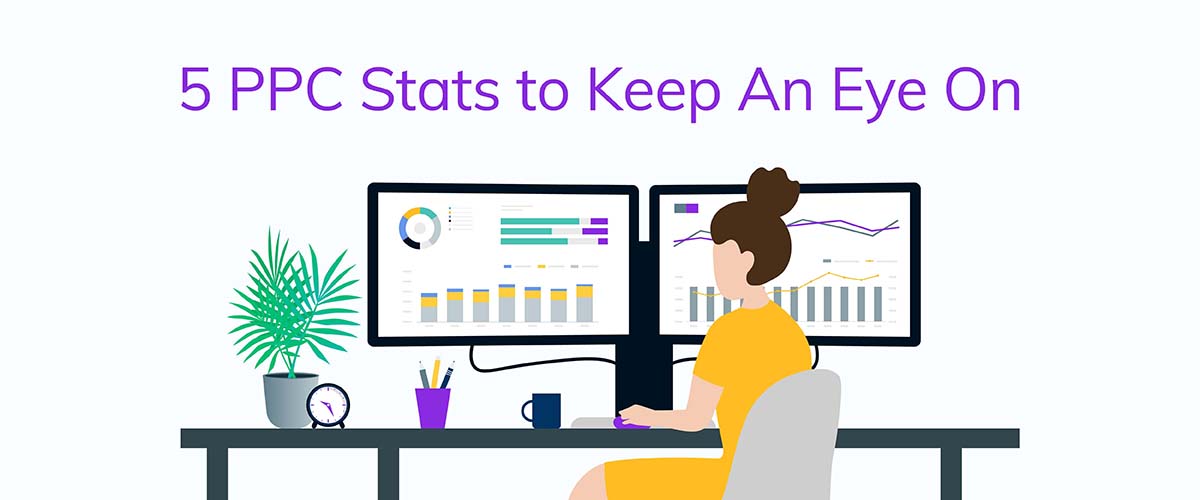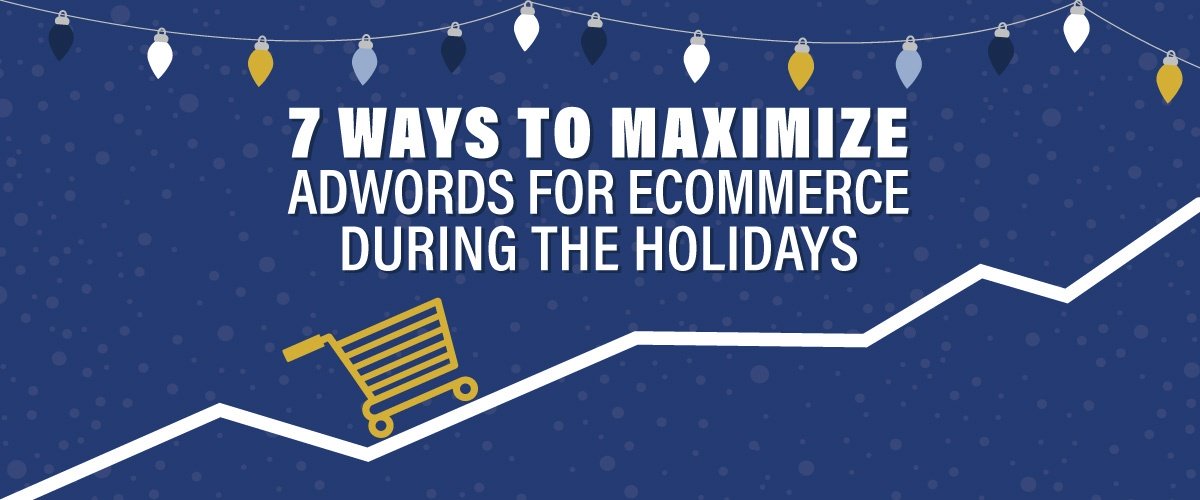Tracking conversions within your Google Ads account lets you know, with complete certainty, whether or not your current efforts are bringing the results you desire. This article will cover the major benefits of tracking conversions with a focus on Search and Shopping campaigns. By the end of it, you will understand the value conversion tracking brings your business and how to utilize its power to sustain long-term growth.
The insight you can gain from your conversion data can help you fine-tune your campaigns to get more customers. But before getting too excited about the potential to increase your client base, it’s important that you understand exactly what a conversion is.
![]()
What is Conversion Tracking?
Any action a person takes on your website—from buying a product to signing up for an email list—is a conversion. The number and types of conversions you choose to track will vary depending on what makes the most sense for your business. Keep in mind, whatever the action is, if a visitor can complete it, you can track it— so don’t feel limited as to how many conversions you decide to keep track of. Conversion tracking produces clean data that shows direct results of your campaigns and opens up new opportunities for growth.
Benefits of Conversion Tracking
Setting up conversion tracking is the key component in identifying which campaigns, ads, and/or keywords influence specific actions on your website. Based on our experience tracking conversions within our clients’ campaigns, we ranked our top six benefits of conversion tracking—in no particular order:
1. Make Data-Driven Decisions
Without conversion tracking in place, all the changes you make to your campaign strategies are shots in the dark. Having conversion tracking data will provide proof of your campaign’s performance and lead you in the right direction to develop your campaigns.
2. Identify Top-Performing Keywords
Conversion tracking attributes credit to specific keywords for valuable website actions, so it’s clear to determine which keywords are doing well. This knowledge shows you where your efforts should be focused for continued account growth.
3. Indicate Strength of Ad Copy
Well-written and descriptive ad copy is the secret ingredient to high converting keywords. If you find some keywords aren’t performing at the level you’d like them too, experiment with the wording on those ads and see how it impacts performance.
4. Highlight Website Improvements
A low converting keyword could also be explained by insufficient website content. It’s possible that when someone lands on your website after clicking an ad, their expectations aren’t met by what your ad promised. Providing helpful and relevant information on your website can be the final push visitors need to convert.
5. Optimize for Better Performance
There isn’t one formula that works for everyone, so all the effort you put towards increasing conversions will result in a list of best practices that produce great results for your business. Take what you learn and apply it to new campaigns as you create them.
6. Identify Trackable Actions
To get started, comb through your website and make a list of every potential website action a visitor may take. To help you get started with this process, take a look at some commonly tracked conversions among lead gen and e-commerce businesses:
Website Actions: Purchases, quote forms, contract submissions, page views, and more.
Phone Calls: Calls directly from your ads, calls to a phone number on your website, and clicks on a phone number on your mobile website.
Import: Customer activity that begins online and finishes offline, like when a customer clicks an ad and submits a contact form online, then signs a contract in your office at a later date.
Now look at your list of website actions and identify the ones you think best align with your business goals.
Align Conversion Tracking with Business Goals
In order to meet your goals, think about how you can structure your ads to encourage specific website actions. For example, if your goal is to generate more phone calls, placing your phone number in a prominent spot on your website will more effectively guide users to call and complete a conversion after clicking your ad.
Let’s say your business is service-based and you’d like people who come across your ads to submit a contact form to get a quote. From the ad’s landing page, how easy is it to find the form? How about your “Contact Us” page? If website visitors have to jump around from page to page looking for either of these options, chances are, you won’t see many conversions. To align your conversion tracking with your business goals, make sure the information on your website is set up in a way that can effectively guide a visitor toward completing the desired action.
Beyond the directly measurable actions like contact form submissions and phone calls, it’s helpful to know more detailed information concerning how people are interacting with your website. Linking your Google Ads account to your site’s Google Analytics enables you to keep track of engagement metrics and micro conversions to see the full story following an ad click.
![]()
Connecting Google Ads to Google Analytics
Google Analytics provides advanced data and user engagement metrics needed to fully optimize ad performance. Metrics like average session duration, pages-per-session, and bounce rate measure user behavior on your website. In addition to the data you get from conversion tracking, the information within your Google Analytics account should shape how you approach your ad strategy.
Keeping an eye on your website data in Google Analytics completes the picture that your Google Ads conversion tracking data starts. For example, if your ads see a high number of clicks but not too many conversions, you can go into Analytics and see what your average session duration is. If you find the average session duration metric is low, consider refining your keyword choice or ad copy to get more relevant clicks.
Track Micro Conversions
Micro conversions are small, trackable engagements that illustrate how a user interacts with your website from the moment they click your ad to the moment they either convert or leave your site. Keep in mind, micro conversions are like milestones to monitor, so if your main conversion goal is to make a sale, an email sign up could be considered a micro conversion.
This, in turn, opens up opportunities to strengthen campaigns as well as the website in order to drive more conversions. Tracking every action, big or small, produces invaluable data that will benefit your business in the long run.
![]()
Identify Sources of New Traffic
Another advantage of connecting your Analytics to your Ads account is learning how many of your ad clicks result in a first-time website visitor. The “% New Sessions” metric can help you understand how conversion tracking with Google ads brings in new customers and grows your brand.
The ads that bring a higher percentage of new website visitors may signify a large, untapped market that is interested in your business. Knowing which ads are doing a good job of spreading brand awareness will signal where you should be focusing your efforts.
How do I start tracking conversions?
The first step in implementing conversion tracking is setting the right business goals. If you’re not sure where to begin, download our free eBook for a step-by-step breakdown of the goal setting process and strategies to align those goals with your conversion tracking.




